Orchid pests and control
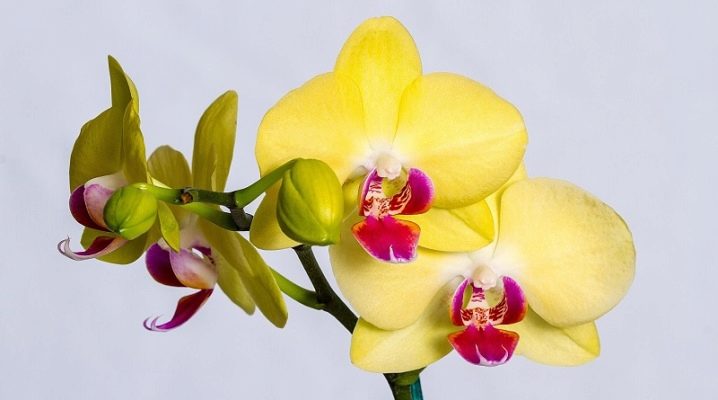
Today, experienced flower growers, and just lovers of indoor plants, pay attention to the extraordinary orchid flower. This tropical plant fills the atmosphere of the house with a special aroma, and the delicate shades of the flower are pleasing to the eye. In general, the orchid is a rather capricious plant and requires special attention.
In addition to the standard diseases that are inherent in them, there are many parasites that can harm the flower. To prevent the plant from dying, its owner must study the list of pests in advance and know how to deal with them.
The reasons for the appearance of parasites
Almost all gardeners know the old popular belief, which, unfortunately, is used only by the elderly. The flower or plant you like must be bought from its previous owner for a small amount of money or stolen. More precisely, just pinch off a small sprout from a flower, but so that no one will notice. And to be honest, such flowers live for a long time, while no infection sticks to them, they do not get sick or wither. Only this does not mean that it is enough only to water the plants, especially the phalaenopsis orchids.
Receiving decent care, the flower will give its owner its beauty, charm and unsurpassed aroma. The younger generation does not take folk sayings seriously, and mostly buys indoor flowers in specialized stores. It is such a purchase that is more at risk of pest damage.
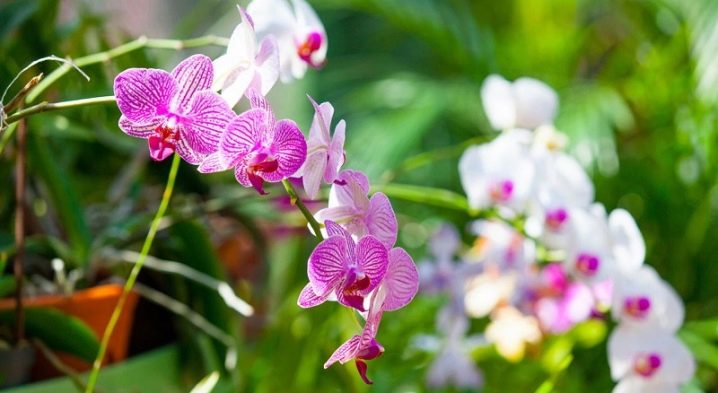
In order to protect yourself and the purchased plant from possible pests in advance, you should know the most common ways of spreading them.
- Quite often there is such a situation that an already infected orchid is purchased at a flower shop. That is why, during the purchase, it is necessary to carefully inspect and study all parts of the flower. But not only from the outside, but also from the inside. You should look into the sinuses of the leaves. It is very important to check the bottom of the plant and the soil in which the flower is located. If you find any insects or their rudiments, it is best to refuse to purchase.
- Also, parasites can be located in the substrate used for transplantation. Novice flower growers often encounter a similar problem, as they use the soil dug out in their own backyard. Your best bet is to spend some money and get a small bag of soil for planting from a specialized department.
- If you do not monitor existing plants, the orchid can infect with parasites from neighboring flowers. Especially if there are a lot of flowering varieties and they are located at a close distance from each other. Without proper care, the situation will unfold as follows: in one pot a favorable environment has developed for the emergence of harmful insects, after a while barely noticeable bugs appeared. After drinking all the juices from a flowering and healthy plant, the insects move to the next flower, and so on along the chain.
It is possible to stop the parasites, but it will be very difficult to do it.If the bugs are wound up in several colors, then the defeat of all green spaces in the room cannot be avoided.
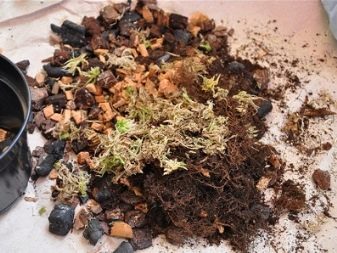
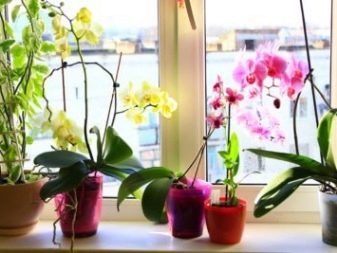
Description of pests
It is not for nothing that they say that the phalaenopsis orchid resembles a small child in many ways. These plants are very capricious and require special care. They are not only susceptible to various diseases, but also attract harmful insects, for example, bugs and ticks. The spread of parasites is immediately noticeable. Orchid flowers begin to fall off, multi-colored spots appear on the green leaves, after which the juice disappears. They then turn yellow and curl. The plant itself loses its strength and elasticity. If you do not try to get rid of pests, a favorable environment will begin to be created inside the plant for the emergence of a sooty fungus, which will gradually spread to other healthy flowers in the vicinity.
Experienced growers say that before you start growing and breeding orchids, you need to find out as much information as possible about harmful insects that can infect these plants, spiders, ticks and other parasites. The sooner the owner of the apartment garden discovers the infection, the more chances he has to win in this fight.
Below is a list of insect pests that can infect the phalaenopsis orchid, a detailed description and how they are spread.

Thrips
Very small and generally invisible pests. Their body length reaches a maximum of 2.5 mm. They resemble rice in appearance. They differ in wings of a black or brown shade. This type of insect moves rather quickly and penetrates into the soil layer. Determining their appearance is quite simple. White spots or dots appear on the leaves of the affected plant, on top of which a thin silvery film appears.
To confirm your guesses, you can conduct an experiment at night. Turn on your flashlight and shine a light on the soil. At this point, thrips will be very noticeable, as they are on the surface of the substrate. They lay their eggs inside the leaves, after which small larvae appear from them, which feed on these very leaves. It is for this reason that small specks appear, which subsequently acquire a brown color.
Nematode
These are small worms with a maximum length of 2 mm. They feed exclusively on plant sap. Initially, the roots of the orchid are damaged, then they begin to move upward, hitting the leaves, reaching the flowers themselves. At the same time, the foliage begins to turn yellow and fall off rather quickly. Phalaenopsis orchid is mainly affected by the scribnerao nematode. When this type of insect is affected, the roots die off first, after which the plant itself dies.


Mealybug
Small insects, the body of which is covered with a whitish coating. Their structure is thin and elongated, and a huge number of antennae are present throughout the body. Basically, they are located at the junction of the leaves with the stem. They feed on foliage, biting through each individual leaf and sucking juices from them. You can detect the appearance of a beetle with a mustache by deposits that resemble a cobweb or flour blotches. These very enzymes negatively affect the growth of the orchid. The mealybug lays its eggs in the lower part of the leaves. The larvae then hatch and begin to suck the sap from the plant.
Carapace tick
Quite tiny pests, the body length of which does not exceed 1 mm. Even experienced gardeners cannot immediately determine its appearance. The dark shade of their torso is disguised as soil. Even the eggs laid by the female armored mite are brown in color. The presented pests can easily hide from human sight, they do not perceive bright light and try to hide from it in dark places. With the onset of night, they creep out and move over the entire surface of the orchids.The armored mite lays its eggs exclusively near rotten roots or on fallen leaves. Wet ground is a favorable habitat for the presented insect. Fallen leaves are used as food.
Despite its constitution, the shell mite cannot harm orchids. In a pot with phalaenopsis, it only reproduces.

Spider mite
This type of insect has a fairly varied color. Some of its representatives can be gray, others whitish and even sandy in color. Brownish-red and yellowish specimens are sometimes found. This mite is very small, the maximum body length is 0.3 mm. Small hairs are visible on the body, due to which it can be attributed to the list of hairy pests. They move slowly, they are not afraid of the sun and bright rays. The main habitat is on the back of the leaves. But they prefer to lay their eggs on flowering foliage. You can determine the occurrence of a spider mite by the silver bloom on the plant, which resembles a thin cobweb.
Aphid
This type of insect is known to every florist. This pest can be called unique, since its entire family has different colors and shades. Quite common are yellow and black insects, as well as pinkish and white ones. Most of the aphids' bodies are translucent, oblong and oval with a maximum length of 2.5 mm. This representative of insects lives in the lower part of the foliage. It feeds on plant sap. During the breeding season of aphids, the top of the orchid begins to deform, a yellowish speck appears on the foliage. Then the leaves wither and curl up. A sticky lubricant appears on the surviving orchid leaves, which is a favorable environment for the appearance of the fungus.
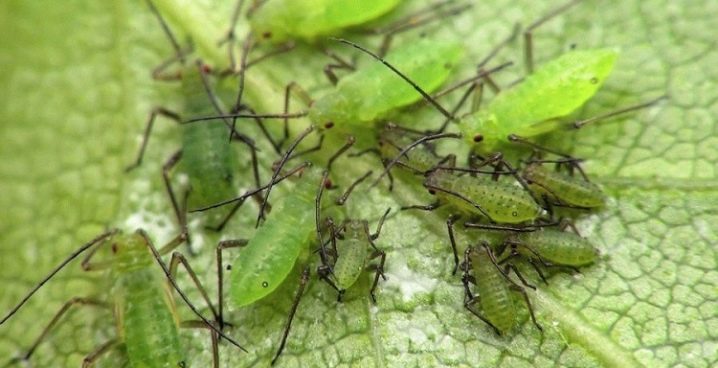
Bulb mite
The body of this insect has a special structure, a wide oval flows smoothly to a narrow tip. Most often, white individuals are found, but there are also cream representatives of the species. The maximum length of the insect is 1.6 mm. The body of the tick has two pairs of legs. This little parasite enters the root system of the orchid and feeds on its juices.
When a tick is found late, the roots turn into thin, empty filaments.
Whitefly
In structure, it very much resembles small butterflies with a maximum body length of 1.6 mm. Their wings are slightly elongated and complemented by soft bristles. There is a black stripe on the front of the wings. The larvae are gray. The body of the embryos is elongated and motionless. When viewed under a microscope, red eyes can be seen. The body is covered with small fluffy spines. After passing the period of growing up, the body becomes smooth, and the insect themselves begin to actively move and eat the foliage.
If the leaves of the phalaenopsis orchid turned yellowish or variegated, then they were attacked by a whitefly.
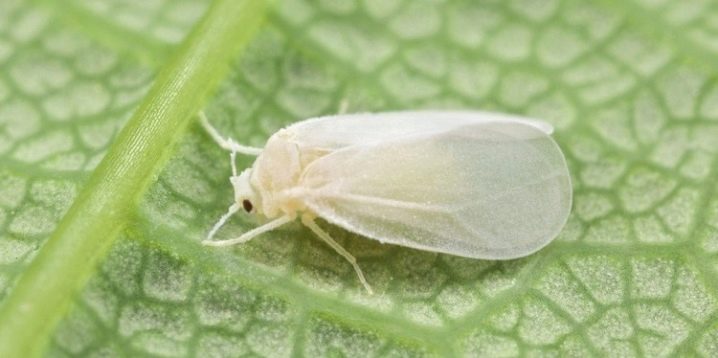
Shield
In appearance, insects are similar to match heads. Basically, they attach to the leaves and take the form of tubercles. Having passed the maturation period, the larva acquires a brownish tint. The female scale insects and their larvae drink the juice of a healthy plant and secrete mucus, which is a favorable environment for the development of the fungus.
Slugs
These pests eat the entire flower. When slugs appear, the flower must be cleaned and then transplanted. Slugs prefer a humid environment, so you should reduce the amount of watering. To determine if these pests are present on a flowering plant, it is enough to conduct a small experiment. In the form of a bait, you need to leave a small piece of a cucumber or apple, placing it on the soil near the flower stem. After a while, you need to check whether this piece is eaten or not. To avoid mold, the experimental piece should be removed and placed back on the soil in the evening.
If you have failed with food, you can experiment with dark beer.This method is used not only by gardeners and experienced gardeners. A hoppy drink is poured into a cup and set on the soil near the stem. After a while, the insect is attracted by the smell, it remains only to collect the crawled slugs. If the insect has managed to lay eggs, the cleaning procedure will have to be repeated after a week, since during this period the larvae hatch.
Having got rid of all insects, the orchid will need to be transplanted into another soil.
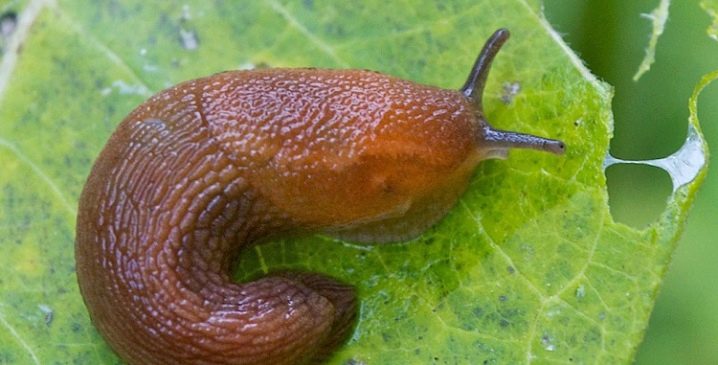
Podura in the substrate
In appearance it resembles a caterpillar. The body is 2 mm long, but there are specimens up to 3 cm. In the lower part of the abdomen there is a fork, thanks to which the insect moves and jumps. Puffs appear with abundant watering of orchids, when moisture stagnates on the surface of the soil layer and sludge forms. To get rid of these insects, you need to place the orchid pot in a deep container with water so that the liquid completely covers the soil. After a couple of minutes, the podura begin to emerge and it will be possible to collect them.
Woodlice
This insect has an oblong body, which is covered with scaly armor. The maximum length of an adult is 1.2 cm. Woodlice get into the soil composition of the orchid after the flower is taken out into the open space. Pests feed exclusively on young sprouts. Despite their name, they are very afraid of water. That is why you can get rid of them in the most usual way, by lowering the plants for 10 minutes in a deep bowl of water. The insects will float to the surface and will only have to be washed off with soapy water.
If there are a lot of wood lice, you will need to change the substrate. The flower itself must be transplanted with preliminary washing of the root system.
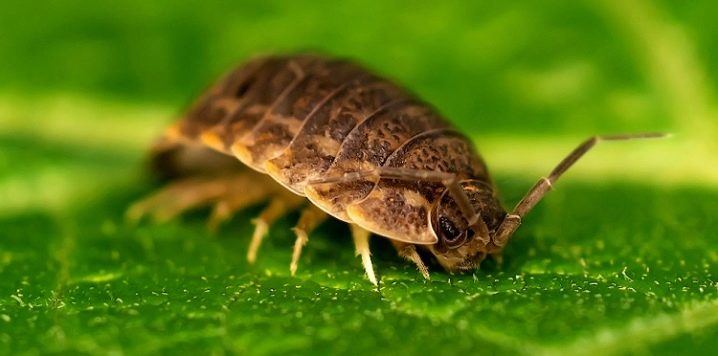
Caterpillars
If an orchid grows on a balcony or loggia, then there is a high probability that butterflies can lay their eggs in it. The hatched caterpillars immediately begin to feed on the green leaves. To eliminate insects, it is enough to treat the plant with a special decoction of onions, garlic or hot pepper. If the folk method did not help, then you should take an acephate and process the phalaenopsis orchid with it along its entire length. It is important to know that the composition of this drug is quite toxic.
Centipedes
From the name it becomes clear that these pests have a huge number of legs. They cannot harm orchids, but they feed exclusively on insects that attack the flower.
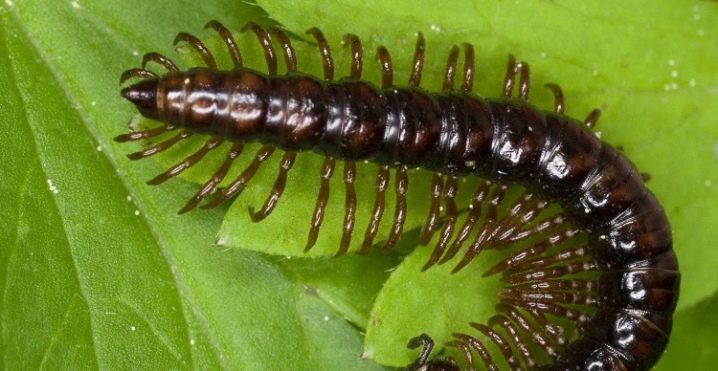
Ways and means of struggle
Having a large flowering garden or a small corner with indoor plants, it is always possible to immediately identify the appearance of any pests. If you find them, you should not worry and panic. You can always get rid of insects, the main thing is to know the rules and methods for their destruction.
First of all, insecticides should be considered, although representatives of the older generation trust folk advice more and use homemade green soap infusion.
"Aktara"
A broad-spectrum drug that allows you to get rid of aphids, thrips, whiteflies and soil flies. As part of "Aktara" there is thiamethoxam, which is just responsible for the elimination of harmful insects. This substance, getting into the ground, begins to decompose, gradually dissolves in a humid environment, falling into the juice of the phalaenopsis orchid. Action "Aktar" begins almost immediately.
Through the juicy composition of the plant, the drug enters the digestive system of the parasites, after which they immediately stop using its juice. The way of using this drug is quite simple. To begin with, you need to dilute 4 g of "Aktara" in 5 liters of clean water. The flower pot can be immersed in this solution for a few minutes, or you can spray the leaves with it. For maximum effect, the plant must be watered.
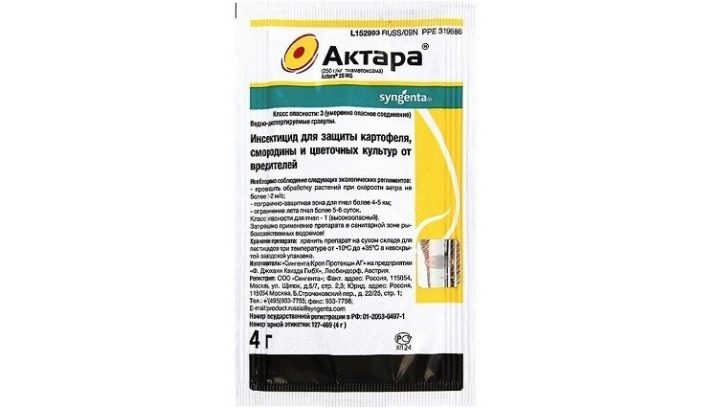
"Actellik"
This drug is an analogue of the BI-58 drug, therefore it is strictly forbidden to use it on the territory of the Russian Federation.In other countries, this solution is sold mainly in cans for the treatment of large areas. The mixture is very effective, insects begin to die 10 minutes after spraying with it, and large individuals - after a couple of hours. This composition is capable of killing whiteflies, aphids, caterpillars, ticks, mealybugs and thrips. The instructions for use indicate that Actellic belongs to the drugs of the second hazard class, therefore, it must be used with all safety precautions taken into account. Only the prepared solution is required to apply to the plant. In digital terms, 1 ml of "Actellika" is diluted with 1 liter of water. After that, you can process the plants. For high-quality processing, it is necessary to moisten the leaves, stem, root. Subsequent processing should be done after a week. After each procedure, the orchid should be covered with a plastic bag and kept for several days in a ventilated and impenetrable place for people.
It is important to pay attention to the precautions when using Actellic. You will need to choose special clothing, do not forget gloves, goggles and a respirator. During processing, you should not be distracted by extraneous matters. After the procedure, clothes must be removed, parts of the body that were open, rinse, rinse your mouth, be sure to use several tablets of activated carbon with a glass of milk. The package itself from the drug should be tied in a plastic bag and burned. Pre-break the used ampoules.

Fitoverm
This drug helps to get rid of ticks, thrips, aphids, mealybugs. The solution is quite simple to use. To begin with, the drug must be diluted in a deep container according to the instructions. The treatment consists of four stages of treatment, the interval between which is 10 days. Basically, "Fitoverm" is used to water the substrate, but in the fight against serious pests, tactics will have to be changed. To kill ticks, you need to remove the flower from the usual pot. Rinse the root system thoroughly, and then process 1 ml "Fitoverma" diluted in 1 liter of clean liquid.
After processing, the orchid is wrapped in a bag and placed in a basin, which should be exposed to sunlight. After 10 days, you need to repeat the procedure. The orchid will have to be planted in a new container. Watering can only be done 5 days after transplanting.
Fitoverm is considered the safest drug. He can not only fight harmful insects, but also treat the consequences of infection with them.

"Agravertin"
Transparent preparation sold exclusively in ampoules. Reliably destroys ticks and thrips. It is capable of infecting both larvae and adults of insects. Pests stop using plants, then die. The effectiveness of the drug becomes visible almost immediately, but the maximum period of pest control is 6 days. Before use, you must carefully study the instructions, especially the section on the dilution of the drug. 5 ml of the drug in ampoules must be diluted in 2.5 liters of water.
Plant treatment should be carried out in the bathroom by spraying. Then wait for the flower to dry and transfer it to the sunny side. If the parasites remain, then the procedure will have to be repeated.
BI-58
This drug belongs to the prohibited list of hazardous substances on the territory of the Russian Federation. It contains toxic elements that can adversely affect the environment. If you manage to get this drug, then you must follow the detailed instructions of the instructions, not a bit away from the annotation. Otherwise, you can destroy not only harmful insects, but the entire blooming garden, as well as harm your body.
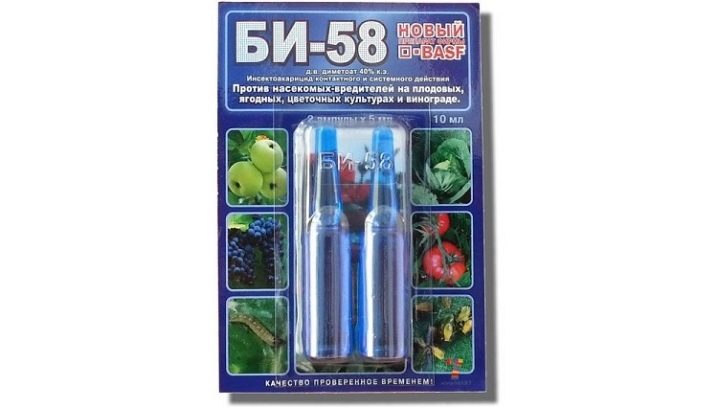
Prevention measures
Store-bought phalaenopsis orchid upon arrival home, it is necessary to carefully examine and carry out some preventive actions.
- The flower should not be placed near other plants, it can be infested with parasites.
- Phalaenopsis must be immersed in water and wait 15 minutes. If insects are present in the soil composition, then water will help identify them.
- It is necessary to carefully check the leaves and buds. If pests have been found, the plant will have to be wiped with soapy water.
As a preventive measure, it is necessary to periodically inspect the flowering plant and all its parts. Particular attention should be paid to the underside of the orchid, the substrate and the root system. Fitoverm should be used as a preventive measure, since it is the safest drug.
If the plant turned out to be completely and completely healthy, then it is enough to carry out daily care and timely watering. If necessary, you can expose the flower to the sun, but not under direct rays, but on the illuminated side of the house.
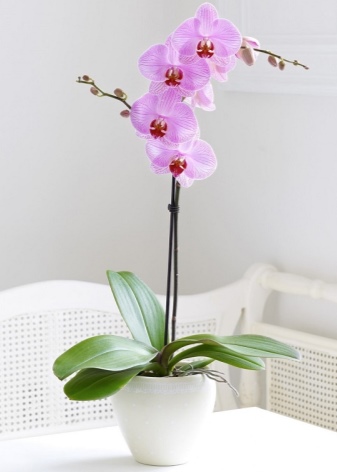
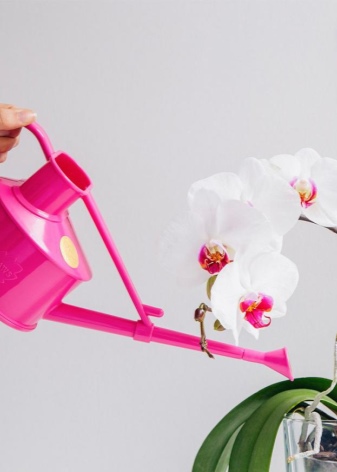































The comment was sent successfully.